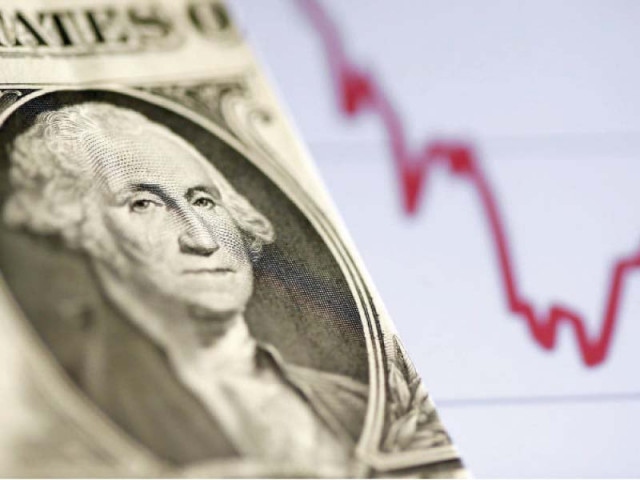Pakistan's current account remains in surplus
Surplus in Aug stands at $297m mainly due to increase in remittances

Pakistan’s current account balance continued to remain in surplus for the second consecutive month at $297 million in August as inflows of foreign currencies were higher than outflows, according to central bank data released on Wednesday.
“The surplus is in line with market expectations. It has been achieved for the second successive month after a gap of nine years. Last time, it had happened in March-April 2011,” Pakistan Kuwait Investment Company (PKIC) Head of Research and Development Samiullah Tariq said while talking to The Express Tribune.
The surplus balance, however, came at the cost of economic growth as the country’s imports and exports both remained sluggish mainly due to depressed demand for goods and services in the domestic and international markets in the backdrop of Covid-19 global health crisis.
The surplus has been attributed to overseas Pakistanis, who managed to send higher remittances, which played a leading role in maintaining the surplus in two months – July and August.
“The current account balance will be back into deficit as soon as imports increase…with the improvement in Covid-19 situation in the US and Europe and reopening of global markets,” Tariq added.
Around 60% of imports comprise raw material, which is mostly used by the export sector of the country.
The US and Europe are now fighting the second wave of the pandemic. It may take three to six months before the situation becomes clear there.
The cumulative current account surplus was recorded at $805 million in first two months of the current fiscal year.
The current account had recorded a deficit of $601 million in August last year. Cumulatively, it registered a deficit of $1.21 billion in first two months of the previous fiscal year, the State Bank of Pakistan (SBP) reported.
Tariq said the receipt of remittances from overseas Pakistanis had been at near-optimal level. They may stay around current levels or slightly drop in the short to medium run (three to six months).
“The situation demands that the authorities take extraordinary measures to boost exports during extraordinary times of Covid-19, which is a must to keep the current account favourable, going forward,” he stressed.
The analyst pointed out that the government rightly removed the additional customs duty and regulatory duty on the import of manmade fibre for textile exporters on Wednesday.
Such decisions take some time to leave a positive impact. However, “we need to take more such measures to boost exports,” he added.
He said remittances had jumped at a time of global economic meltdown and international oil price weakness, which impacted Gulf countries the most, from where the country received over half of the annual remittances.
The current account surplus should encourage the authorities to liberalise imports to step up economic activities, which is a must to boost gross domestic product (GDP) in the country.
The central bank has projected GDP growth of 2% in the current fiscal year compared to contraction of 0.4% in the previous fiscal year.
“The surplus has enabled the economy to absorb higher imports in the months to come,” Tariq said. “The economy is estimated to record a current account deficit of $3-4 billion or around 2% of GDP in FY21.”
Cumulatively in July and August, workers’ remittances grew over 30% to $4.86 billion compared to $3.71 billion in the same period of last year, according to the central bank.
Exports of goods fell almost 17% to $3.42 billion in the first two months of FY21 compared to $4.10 billion in the corresponding period of previous year.
Imports of goods dropped almost 13% to $6.73 billion compared to $7.70 billion last year.
Exports of services shrank to $758 million compared to $884 million last year. Imports of services declined to $1.22 billion in July-August FY21 compared to $1.82 billion in the same period of last year, the SBP reported.



















COMMENTS
Comments are moderated and generally will be posted if they are on-topic and not abusive.
For more information, please see our Comments FAQ